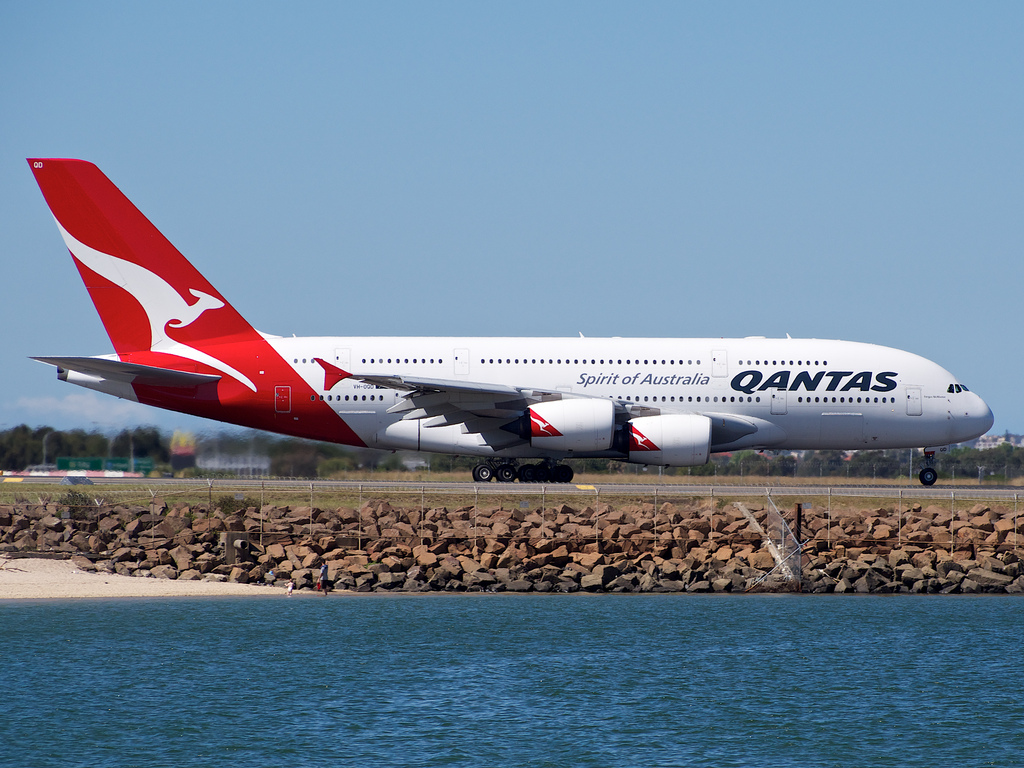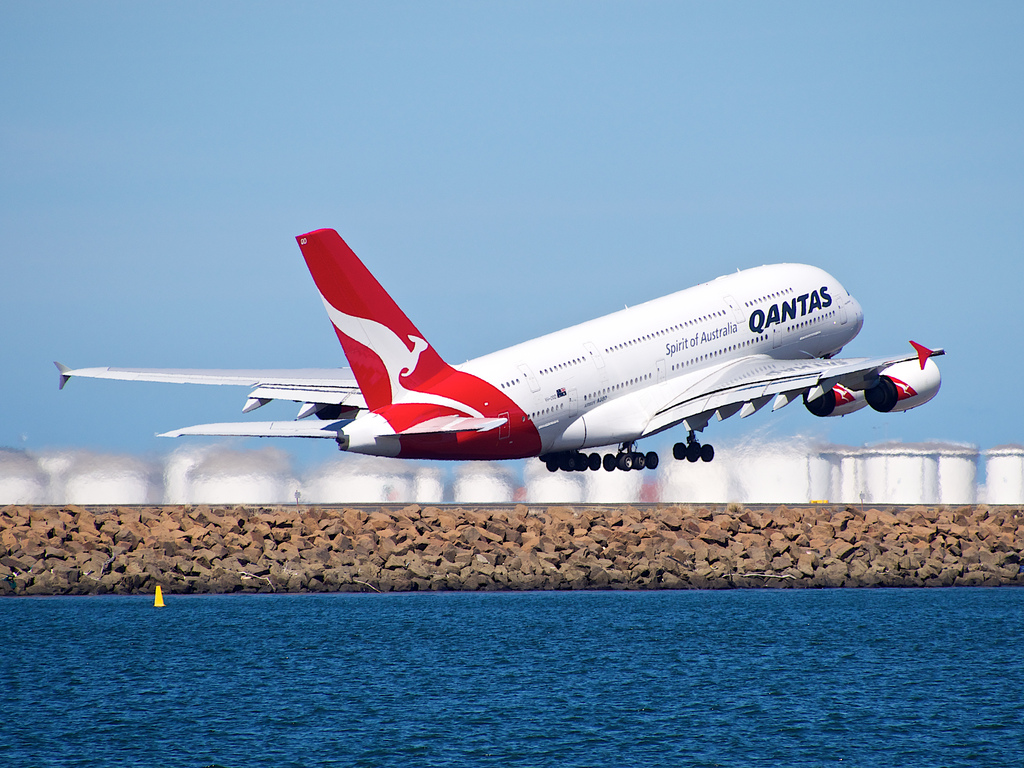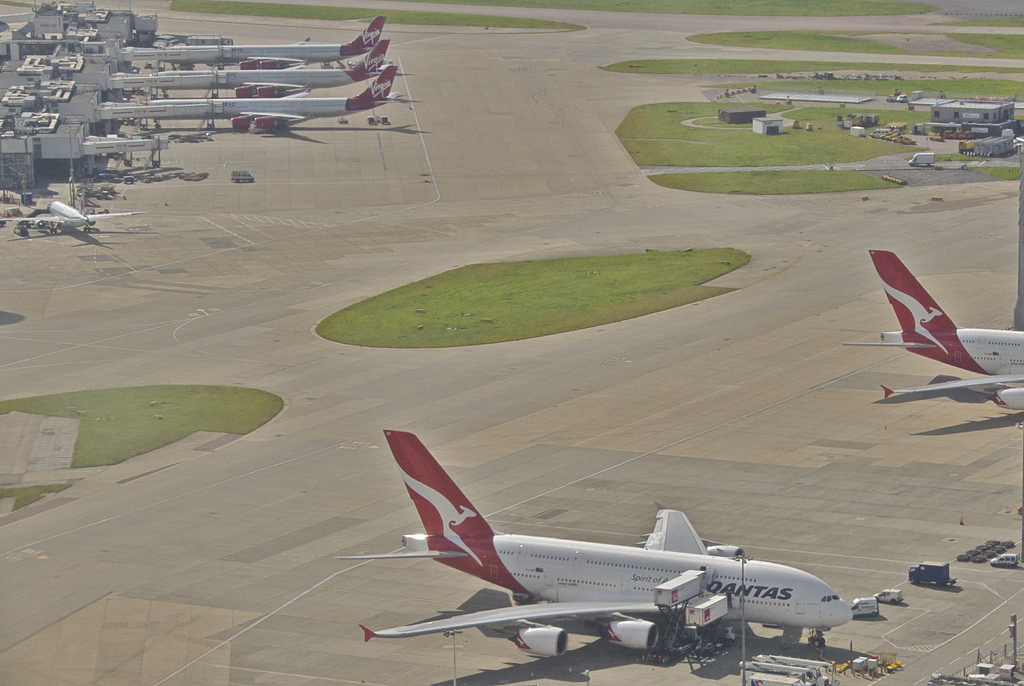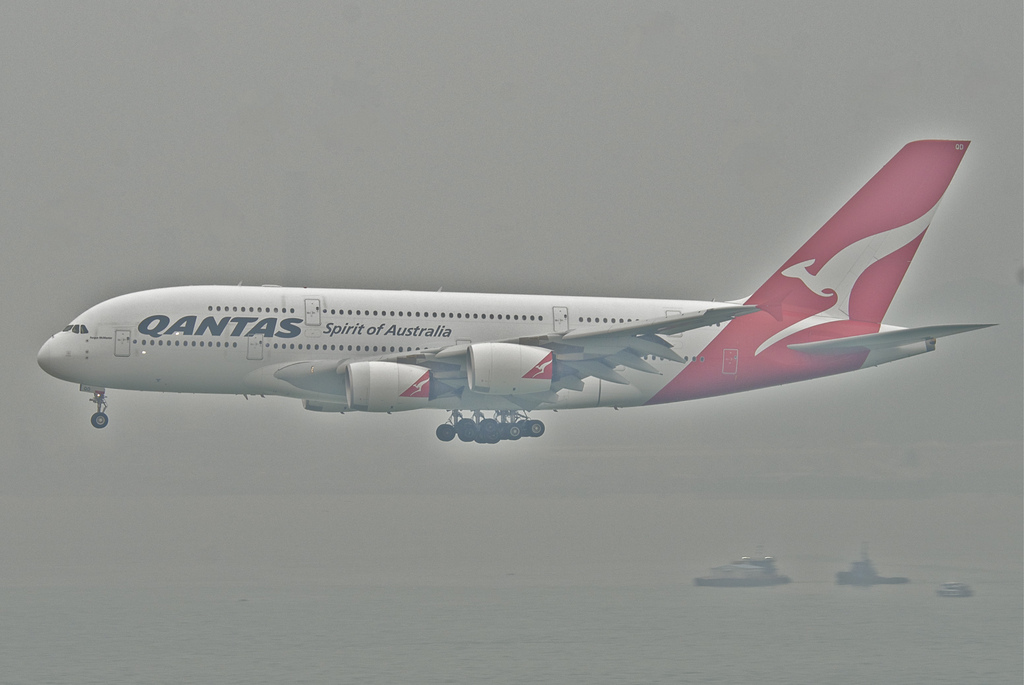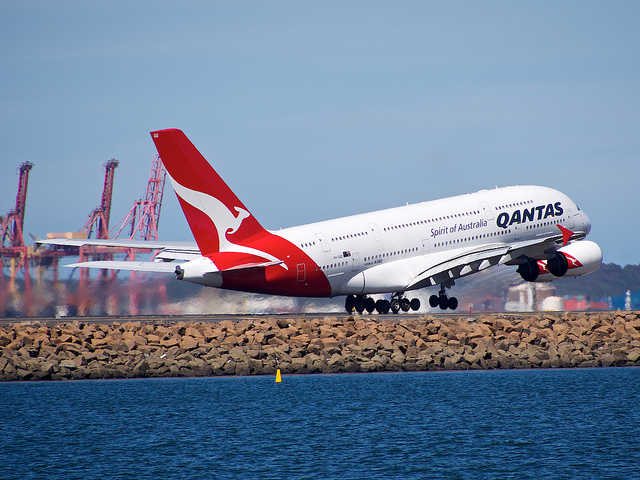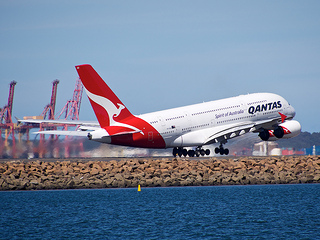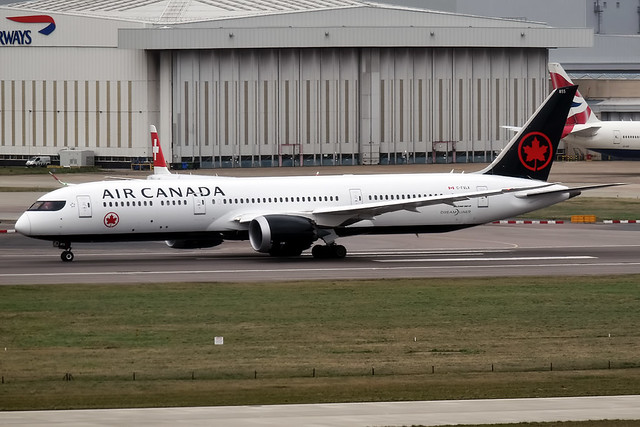Qantas A388 near Los Angeles on Jul 2nd 2014, rain in cabin
Last Update: October 16, 2014 / 20:39:06 GMT/Zulu time
Incident Facts
Date of incident
Jul 2, 2014
Classification
Incident
Airline
Qantas
Flight number
QF-94
Departure
Los Angeles, United States
Destination
Melbourne, Australia
Aircraft Registration
VH-OQD
Aircraft Type
Airbus A380-800
ICAO Type Designator
A388
Passengers reported the "rain in the cabin" began about half an hour into the flight and the aisle became flooded. Galleys and inflight entertainment systems were shut down. About 45 minutes later the crew decided to return to Los Angeles.
The airline reported the passengers were relocated into dry areas of the aircraft and provided with blankets. The crew decided to return to Los Angeles for passenger comfort, all other aircraft systems are well protected and were not affected.
A passenger tweeted: "Who says it can't rain inside a plane? My Qantas travels never disappoint."
On Jul 9th 2014 the French BEA reported in their weekly bulletin that engineers found a water supply line had separated in the upper deck galley. The occurrence was rated an incident and is being investigated by Australia's ATSB.
On Oct 15th 2014 the ATSB released their final bulletin releasing following safety message:
This incident provides an excellent example of effective crew resource management techniques. The crew were faced with an abnormal and unusual situation. Communication between flight crew, cabin crew and ground maintenance staff enabled a variety of scenarios and options to be considered. The ultimate decision to turn back to Los Angeles rested with the Captain and he was able to make that decision using all available resources and in a collaborative way.
The ATSB reported that the aircraft had departed Los Angeles with 80% water capacity, after the leak was contained about 40% of capacity remained which effectively meant 700 liters of water had leaked.
While climbing out of Los Angeles, after the fasten seat belt signs had been turned off, cabin crew entered the galley to retrieve hot towels for the first class passengers but noticed water was appearing from underneath the meal carts. The cabin supervisor entered the galley, pulled the various carts forward to be able to access the water shut off valve, the water flow continued however even after the water had been shut off. Cabin crew used blankets and pillows to redirect the water towards the drain, however, the flow rate was too high and the water entered the cabin.
A second officer entered the cabin to determine how much water had leaked and verified the valve had indeed been turned off. The second officer advised the captain that there was a large water flow from a loose water pipe coupling. The flight crew contacted maintenance who advised there was a main switch to the potable water on the flight attendants panel. The cabin crew located that switch and turned it off, the water leak stopped.
The ATSB wrote: "Maintenance watch advised that the water would drain towards the bilges and away from the aircraft’s main electronic systems, which were located at the front of the aircraft, and they had no immediate concern for the safety of the aircraft. The crew then assessed the discomfort of passengers in the cabin, the quantity of water remaining for the planned flight to Melbourne, and the potential impact on the aircraft systems of the leaked water. The aircraft continued towards the destination during the troubleshooting phase, while the crew assessed the situation.
As a precaution, the cabin crew switched off the in-flight entertainment system and the power to all controls in the seats. The water had progressed through the upper deck floor and water was ‘raining’ on passengers in the vicinity of row 65 of the main deck. The cabin crew moved passengers from the central seats to the side seats. With the potable water supply switched off, there was no water available for the toilets or basins for the duration of the flight. The cabin crew determined that it was therefore untenable to continue the 14 hour flight. Leakage of that quantity of water had not occurred previously, and the eventual impact of the water on the aircraft was unknown."
Although the first officer managed to tighten the water coupling, the potable water remained switched off as a precaution. After following the crew resource management procedures the crew decided their best option was to return to Los Angeles, some fuel was dumped on the way back. During the descent a cabin crew member advised that the water was now flowing forward, the flight crew therefore commenced a slow speed descent in order to keep the water stabilized preventing it from flowing forward towards electronics bay.
The ATSB reported: "The following day, the flight from Los Angeles to Melbourne was to be operated by a different Airbus A380 aircraft. During pre-flight maintenance, a maintenance engineer checked the same coupling that had leaked on the previous day. As aircraft power was switched on at the time, the potable water supply was pressurised. As the engineer tested the coupling, it came undone and some water leaked out. The engineers attempted to dry out the leaked water in the cabin, resulting in the aircraft arriving about one hour late at the departure gate. Conscious that the water may affect the same passengers from the previous day, the crew alerted the passengers prior to departure, that the coupling had been checked and secured, but that some water had escaped during the process.
As the flight crew increased the thrust during the take-off run, some water came down from the overhead bins in the main deck; however the quantity was similar to that normally arising from condensation and not considered to be significant. The flight continued to Melbourne."
An engineering inspection revealed that that the coupling was unlatched. There was evidence, that "the rope-style mops used by cleaners may have contributed to the coupling coming undone. Fleet-wide inspection of the fittings found strands of cleaning mops tangled in the brackets, with evidence of couplings rotated in opposing directions."
https://flightaware.com/live/flight/QFA94/history/20140702/0630Z/KLAX/YMML
Aircraft Registration Data
Incident Facts
Date of incident
Jul 2, 2014
Classification
Incident
Airline
Qantas
Flight number
QF-94
Departure
Los Angeles, United States
Destination
Melbourne, Australia
Aircraft Registration
VH-OQD
Aircraft Type
Airbus A380-800
ICAO Type Designator
A388
This article is published under license from Avherald.com. © of text by Avherald.com.
Article source
You can read 2 more free articles without a subscription.
Subscribe now and continue reading without any limits!
Read unlimited articles and receive our daily update briefing. Gain better insights into what is happening in commercial aviation safety.
Send tip
Support AeroInside by sending a small tip amount.
Related articles
Qantas A388 near Sydney on Sep 26th 2018, crushed phone and burnt smell on board
A Qantas Airbus A380-800, registration VH-OQD performing flight QF-94 (dep Sep 24th) from Los Angeles,CA (USA) to Melbourne,VI (Australia), was…
Qantas A388 near Astrakhan on Jul 8th 2018, low engine oil quantity
A Qantas Airbus A380-800, registration VH-OQD performing flight QF-2 from London Heathrow,EN (UK) to Singapore (Singapore), was enroute at FL350…
Qantas A388 at Sydney on Aug 4th 2017, could not retract flaps
A Qantas Airbus A380-800, registration VH-OQD performing flight QF-7 from Sydney,NS (Australia) to Dallas Ft. Worth,TX (USA), was climbing out of…
Qantas A388 over Mexico on May 15th 2016, mobile phone battery smoking
A Qantas Airbus A380-800, registration VH-OQD performing flight QF-7 from Sydney,NS (Australia) to Dallas Ft. Worth,TX (USA), was enroute at FL390…
Qantas A388 over Indian Ocean on Aug 31st 2015, fuel pump problem
A Qantas Airbus A380-800, registration VH-OQD performing flight QF-2 (dep Aug 30th) from Dubai (United Arab Emirates) to Sydney,NS (Australia), had…
Newest articles
EAT Leipzig A306 at Brussels on Nov 26th 2020, rejected takeoff above V1 due to difficulties becoming airborne
An EAT Leipzig Airbus A300-600 freighter on behalf of DHL, registration D-AEAI performing flight QY-841 from Brussels (Belgium) to Vitoria,SP…
Canada B789 at Auckland on Jan 13th 2026, unusual odour
An Air Canada Boeing 787-9, registration C-FVLX performing flight AC-40 from Auckland (New Zealand) to Vancouver,BC (Canada) with 269 passengers and…
Subscribe today
Are you researching aviation incidents? Get access to AeroInside Insights, unlimited read access and receive the daily newsletter.
Pick your plan and subscribePartner

ELITE Simulation Solutions is a leading global provider of Flight Simulation Training Devices, IFR training software as well as flight controls and related services. Find out more.
SafetyScan Pro provides streamlined access to thousands of aviation accident reports. Tailored for your safety management efforts. Book your demo today
AeroInside Blog
Popular aircraft
Airbus A320Boeing 737-800
Boeing 737-800 MAX
Popular airlines
American AirlinesUnited
Delta
Air Canada
Lufthansa
British Airways

